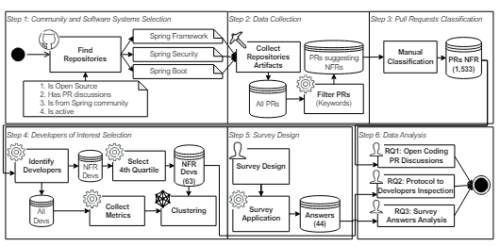2024-06-20 インペリアル・カレッジ・ロンドン(ICL)

The carbon stored globally by plants is shorter-lived and more vulnerable to climate change than previously thought, according to a new study.
<関連情報>
- https://www.imperial.ac.uk/news/254136/climate-models-underestimate-carbon-cycling-through/
- https://www.science.org/doi/10.1126/science.adl4443
陸上植生における強力な炭素吸収と代謝を示す爆弾放射性炭素の証拠 Bomb radiocarbon evidence for strong global carbon uptake and turnover in terrestrial vegetation
HEATHER D. GRAVEN, HAMISH WARREN, HOLLY K. GIBBS, SAMAR KHATIWALA, […], AND WILL WIEDER
Science Published:20 Jun 2024
DOI:https://doi.org/10.1126/science.adl4443
Editor’s summary
Net primary productivity (NPP), the storage of carbon within plant tissues resulting from photosynthesis, is a major carbon sink that we rely on for slowing climate change. Global NPP estimates are variable, leading to uncertainty in modeling current and future carbon cycling. Graven et al. updated NPP estimates using radiocarbon data from nuclear bomb testing in the 1960s. This analysis of radiocarbon uptake into vegetation suggested that current models underestimate NPP, likely by underestimating the carbon stored in short-lived, nonwoody tissues. This work suggests that plants store more carbon but for a shorter time frame than is currently recognized. —Bianca Lopez
Abstract
Vegetation and soils are taking up approximately 30% of anthropogenic carbon dioxide emissions because of small imbalances in large gross carbon exchanges from productivity and turnover that are poorly constrained. We combined a new budget of radiocarbon produced by nuclear bomb testing in the 1960s with model simulations to evaluate carbon cycling in terrestrial vegetation. We found that most state-of-the-art vegetation models used in the Coupled Model Intercomparison Project underestimated the radiocarbon accumulation in vegetation biomass. Our findings, combined with constraints on vegetation carbon stocks and productivity trends, imply that net primary productivity is likely at least 80 petagrams of carbon per year presently, compared with the 43 to 76 petagrams per year predicted by current models. Storage of anthropogenic carbon in terrestrial vegetation is likely more short-lived and vulnerable than previously predicted.



